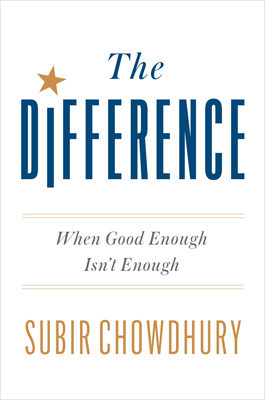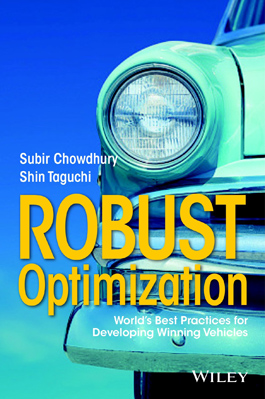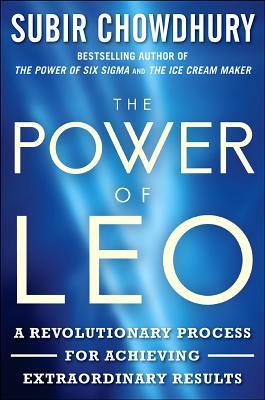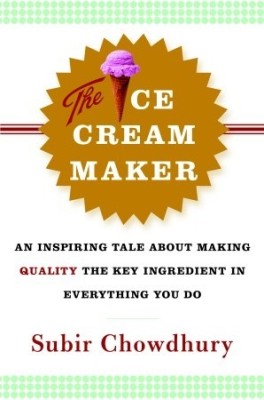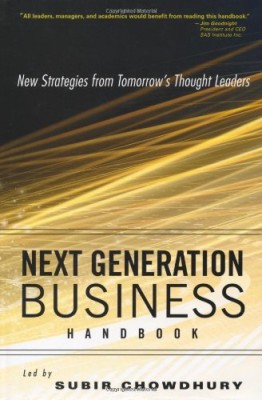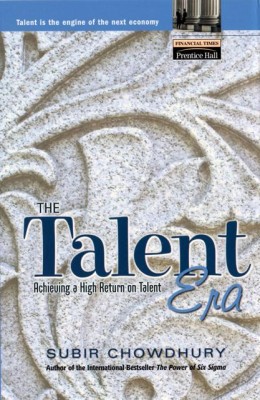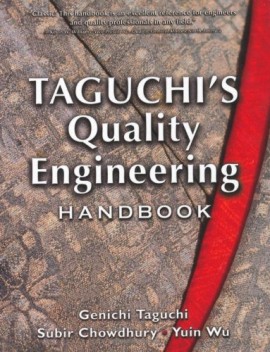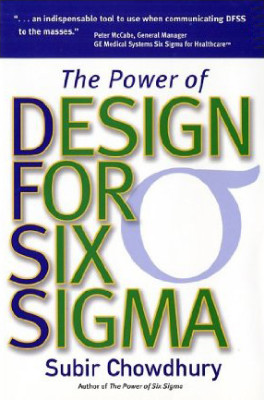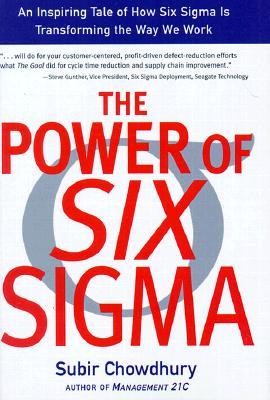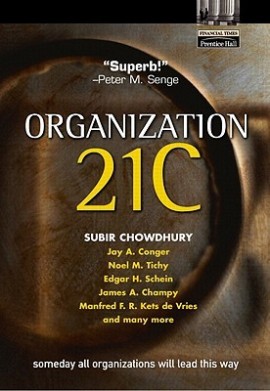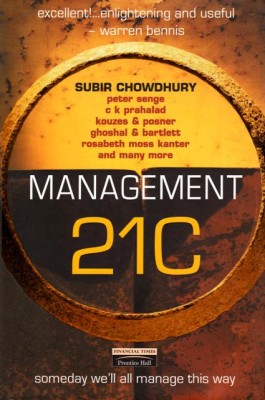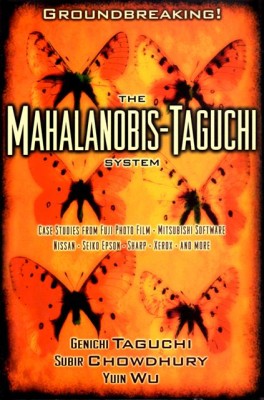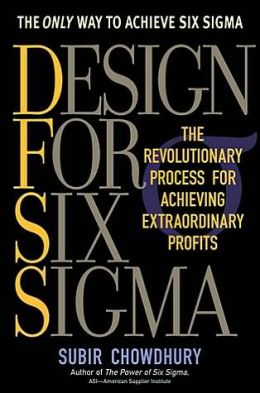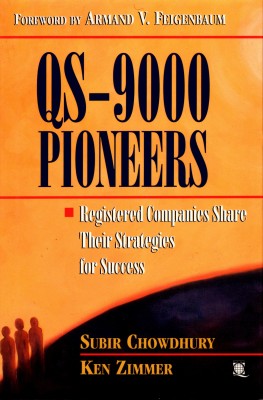Many businesses pass office policy without attention to a quality process. Sometimes they have to dig through their own trash just to find out how to correct bad decisions.
Quality & Me
Subir shares his own personal efforts to work toward continuous improvement within his own community, among his friends and family.
Not all waste is created equal. Some of it is extremely valuable; especially when it teaches us something about the way we run our business. The owner of an insurance brokerage in Los Angeles, CA – we will call him “Cooper” – relayed this story to us recently.
Cooper was working late one night on a presentation for a new client. The printer in his office malfunctioned, so he routed a document he needed to the printer that the staffers shared. As he waited by the printer, he looked down at the trashcan and was startled by what he saw: heaping but neat stacks of printed email, dumped straight into the round file. At the time, his office had about 35 employees, so he imagined that it was an isolated incident. But he knew that he should take a closer look.
The next morning, he asked his administrative manager about the trash and what he heard surprised him even more. Two years earlier, he had set what he thought was a mundane office policy to require a paper record of all emails relating to client business.
Email was still a relatively new business tool. Cooper didn’t know that people tended to communicate with each other via the “Reply To” function. As a result, many emails grew into long strings of messages that included every comment made with the important details sprinkled all over. Outlook and other email managers help search for the important bits, but when you print, you get the whole enchilada including every joke, recipe, sports prediction, birthday greeting, salutation, and thanks.
Because of the policy, agents were forwarding customer emails to staffers. At the close of every day, the staffers printed everything, kept what they needed and tossed out the rest.
Cooper measured the stack of paper and found that it was almost even with a fresh package of paper, or about 500 sheets. The real shock came when the manager revealed that this stack was light. Not only did the process occur daily, many times the amount of waste was double, even triple what Cooper had seen.
Cooper and the manager estimated that the cost of wasted paper from printing emails was running up a $300 a month bill; $7,200 since the email policy was passed. When they added toner and staff time, the total cost soared to more than $14,000.
Talking with agents and staffers, he learned that everyone thought that the policy was wasteful and inefficient. And yet, no one took the initiative to anything about it.
Not long after this incident, a non-paper solution was adopted and Cooper was pleased that he could reduce cost and increase efficiency from one small change. Then he realized that this one example was a symptom of other perhaps more costly problems and worried where they might be. About a year later, “The Ice Cream Maker,” was published.
Cooper bought a copy and read it one afternoon. Inspired by the concept of using quality as the benchmark of behavior throughout his business, he bought a copy for everyone in his office. To this day, new employees receive a copy as part of their training.
Another underlying message in this story is the fact that many businesses pass office policy without attention to a quality process. Had Cooper focused on the outcome rather than the solution, he might have avoided this problem entirely. Luckily, the trash was the clue. In my experience, the cost of such mistakes can produce even greater expense.
Something to think about the next time you’re in a position to set what you think is a mundane office policy.





